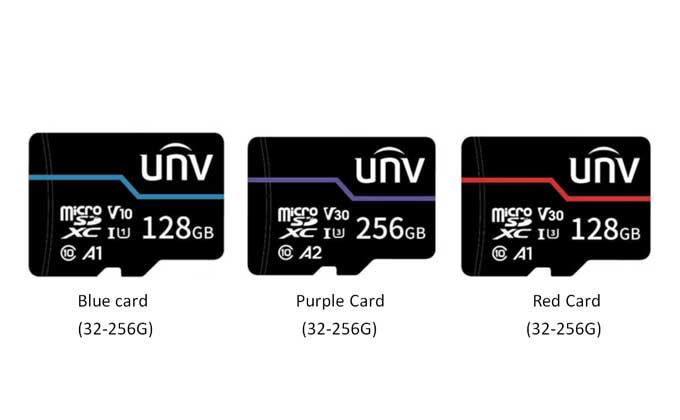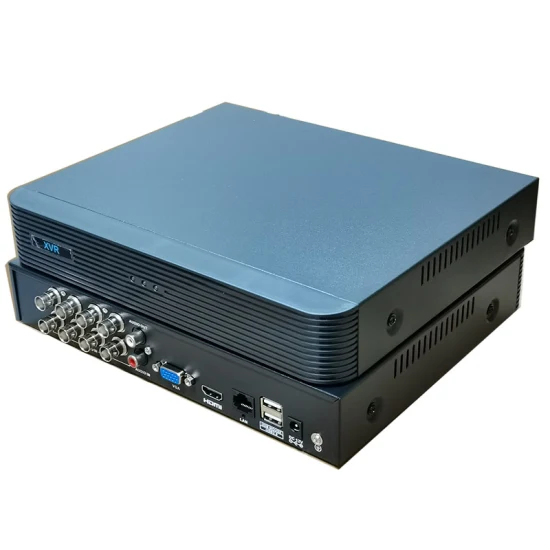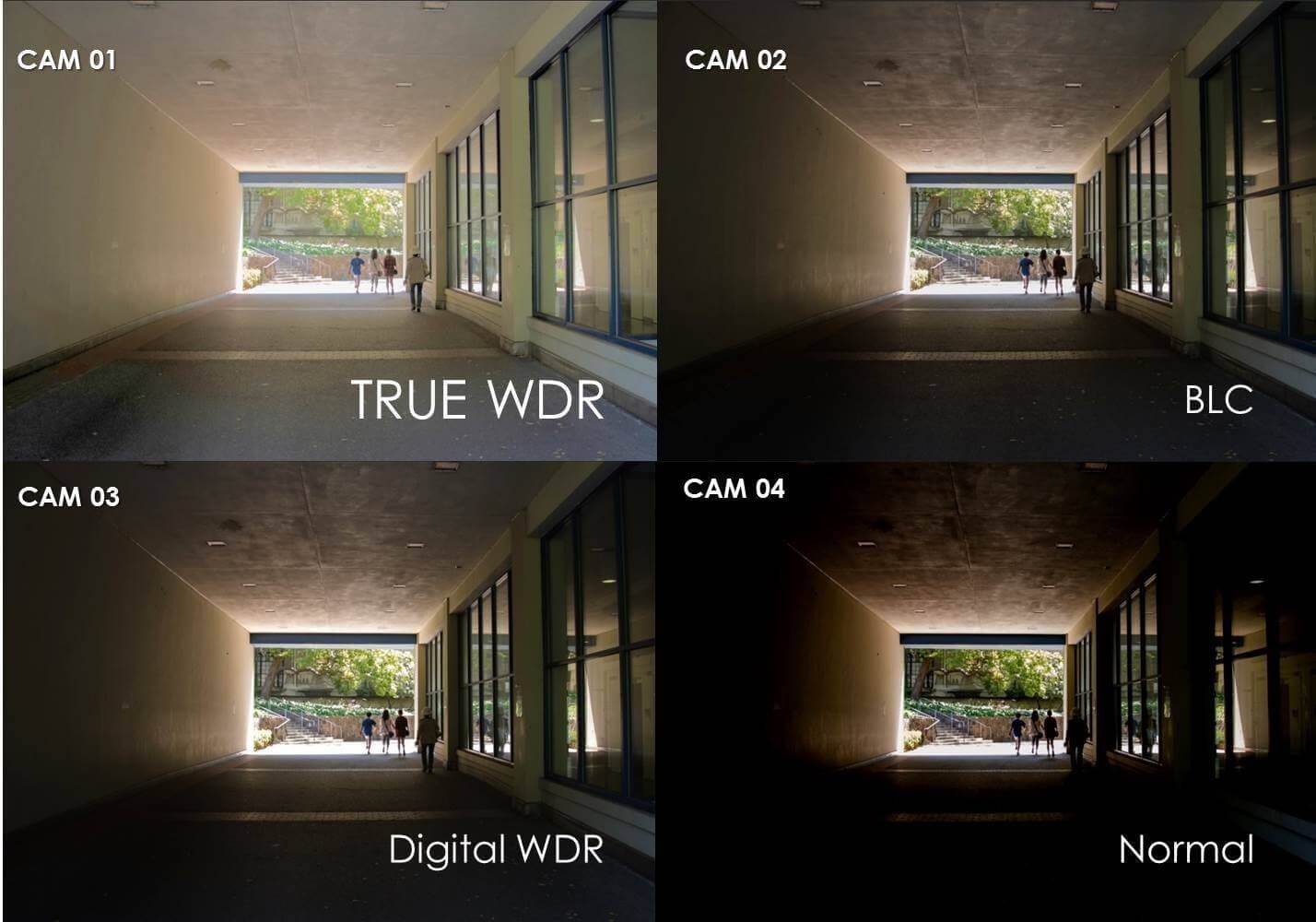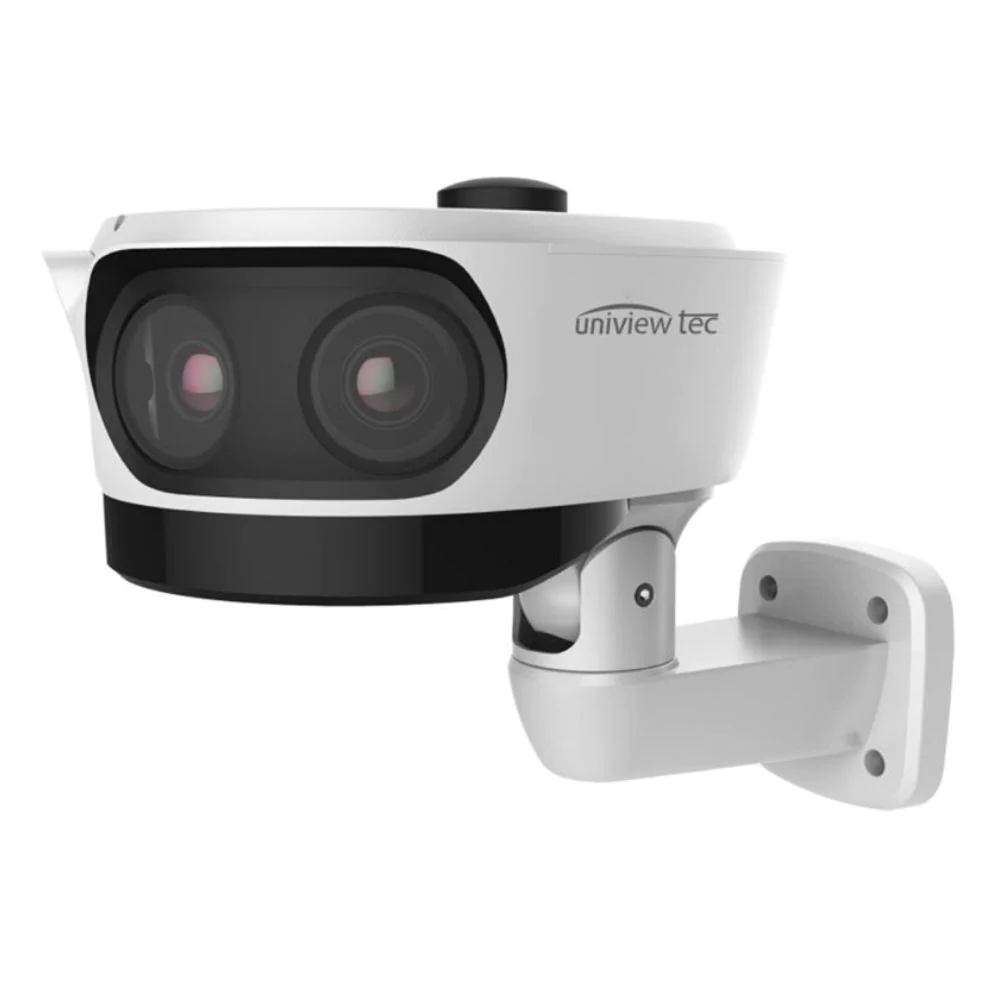Introduction to IP CCTV
IP CCTV or Internet Protocol Closed-Circuit Television, represents a modern approach to video surveillance utilizing digital technology and network connectivity. Unlike traditional analog CCTV systems, IP cameras capture and transmit video data as digital packets using the internet protocol (IP). This enables several advantages and advancements over its analog counterpart.
Key features of IP CCTV:
- Digital video quality: Delivers sharper, clearer images with higher resolution compared to analog systems.
- Network connectivity: Cameras connect directly to a network, allowing remote access and viewing from anywhere with an internet connection.
- Scalability: Easily add or remove cameras as needed by simply connecting them to the network.
- Integration with other systems: Can be integrated with other security systems like alarms and access control for comprehensive security solutions.
- Advanced features: Supports features like motion detection, facial recognition, and analytics for more intelligent surveillance.
- Flexibility: Offers various camera options with different functionalities, resolutions, and weatherproof ratings to suit diverse needs.
Types of IP camera
There are many different types of IP CCTV cameras available, each with its unique advantages and disadvantages. Here are some of the most common types:
- Dome cameras: These cameras are housed in a dome-shaped enclosure which makes them difficult to tamper with and vandal-resistant. They are often used in indoor applications, such as retail stores and offices.
- Bullet cameras: These cameras are shaped like bullets and are typically used in outdoor applications. They are weatherproof and can withstand harsh conditions.
- PTZ cameras: These cameras can pan, tilt, and zoom, which gives them a wider field of view than fixed cameras. They are often used in large areas, such as parking lots and warehouses.
- Day/night cameras: These cameras have infrared LEDs that allow them to see in low-light conditions. They are a good choice for applications where there is limited lighting, such as at night or in dimly lit areas.
- Wireless cameras: Wireless IP CCTV cameras typically do not require any cables for networking, but they still require a power connection in most cases. Some exceptions include truly wire-free battery-powered cameras and solar-powered cameras. They can be less reliable than wired cameras and may have a shorter range.
- High-definition (HD) cameras: These cameras offer high-resolution images, which can help identify people and objects. However, they require more storage space and bandwidth than standard-definition cameras.
Components of an IP CCTV system:
- IP cameras: Capture video footage and transmit it digitally over the network.
- Network Video Recorder (NVR): Stores the recorded video footage from the cameras.
- Network cables: Connect cameras, NVR, and other network devices.
- Software: Allows management of cameras, recording, and access control.
Benefits of using IP CCTV:
- Enhanced security: High-quality video, remote access, and advanced features improve overall security effectiveness.
- Operational efficiency: Scalability, remote management, and integration with other systems save time and resources.
- Cost-effectiveness: This can be more cost-efficient in the long run compared to analog systems due to scalability and advanced features.
- Future-proof: Technology allows for future upgrades and integration.



































